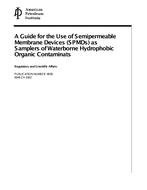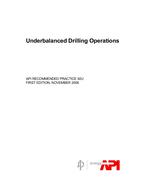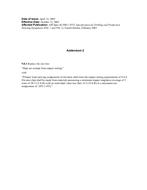
API Publ 4690
Click here to purchase
Interest in the use of an in situ passive sampling approach for assessing environmental pollutant exposure has increased worldwide. A new paradigm for aquatic exposure assessments is emerging based on the use of lipid containing semipermeable membrane devices (SPMDs), which have been shown to be highly effective samplers of hydrophobic organic contaminants in water and air. The ability of SPMDs to concentrate trace (less than one-part-per-billion [mg/L]) concentrations of dissolved lipophilic residues to measurable levels is achieved by mimicking specific mechanisms of the aquatic bioconcentration (the uptake of a substance by an organism from the surrounding medium [e.g., water], excluding the dietary route) process. The purpose of this document is to provide basic information and guidance on SPMD technology, and its appropriate use in aquatic systems. Emphasis is given to methods, applications, and theoretical issues related to the use of SPMDs for monitoring priority pollutant polycyclic aromatic hydrocarbons (PAHs), but other classes of hydrophobic organic contaminants are covered as well. This document includes key information on SPMD background, rationale, theory and modeling, technical considerations, supplier/source, chemical analysis and quality control, bioassay screening, comparability to biomonitors, examples of use, and sources of addition information. However, covering all potential environmental applications (e.g., vapor phase sampling) and relevant research results is beyond the scope of this work. Finally, use of this guide does not obviate the need for proper review and oversight procedures prior to the initiation of a project with SPMDs.
Product Details
- Published:
- 03/14/2002
- Number of Pages:
- 192
- File Size:
- 1 file , 1.6 MB
- Product Code(s):
- I46900, I46900, I46900
- Note:
- This product is unavailable in Cuba, Iran, North Korea, Syria

